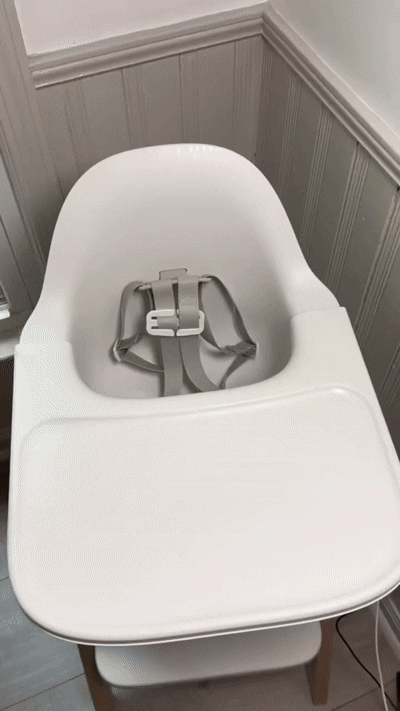- Creative Ad Lab
- Posts
- The Winning “Let’s Find Out” Demo Ad
The Winning “Let’s Find Out” Demo Ad
Why this simple parenting ad outperforms “clever” concepts.

Mockingbird created what might be the most honest product demo I've ever seen.
This ad works so well not just because it's good marketing, but because it reveals something profound about how trust actually gets built.
Watch the ad here: The Winning “Let’s Find Out” Demo Ad
“Let’s test the anti-staining power of our High Chair’s tray liner.”
This hooks you in because it feels like you're about to see a real experiment. They are framing the ad as a test, giving it an educational and objective tone.
It taps into the psychology of “seeing is believing” and lowers resistance to being sold something.
When parents see this setup, their guard drops. They've been burned by products that promised the world and delivered disappointment.
But a test feels honest. That feels like something they can trust.
This approach works especially well for parenting products because exhausted parents need proof, not promises.
They want to see exactly what happens when their toddler goes to town with marinara sauce.
“Did they leave any stains after 15 minutes, 30 minutes, and a full 60 minutes? Let’s find out.”
This creates tension and pacing. It’s a rhetorical question that builds suspense and gives the ad a structured rhythm that keeps viewers watching.
Breaking down the timeline creates natural checkpoints that hold attention.
It also aligns with real behavior; parents may not clean up immediately, so they’re curious about performance over time.
Your kid makes a mess during lunch. You get distracted by a phone call. Maybe there's a diaper emergency.
Before you know it, that food has been sitting there for an hour, getting crusty and seemingly permanent.
Adding time-based checkpoints in your demos, you hold attention and feel more rigorous.
The structure creates natural suspense while staying completely authentic to the actual experience of using the product.
We created a system that delivers 30 unique video ads in just 30 days, specifically designed to improve Meta ad performance and scale e-commerce brands. Watch this video to see how we do it.
“After the full one hour, the food was difficult to wipe away, but not a single stain was left.”
Acknowledging that food got hard to wipe, but still left no stain, makes the ad feel authentic and impressive.
This moment of tension (“difficult to wipe away”) makes the payoff (“no stain”) feel even more satisfying.
Because every parent watching had the same thought: "Uh oh, this is the moment it all falls apart."
When the food got stuck, they probably felt that familiar parental panic about permanent damage.
That emotional roller coaster, from worry to relief, is way more powerful than just showing an easy cleanup.
Don’t shy away from showing a small obstacle. If the product still delivers, it makes the payoff even stronger.
Takeaway
Here's what you can steal:
Start with curiosity, not claims:
"Let's see what happens" beats "our product is amazing" every single time. It positions you as transparent and positions your audience as investigators, not targets.
Use realistic timing:
Don't just show the immediate aftermath. Show what happens when life gets in the way and that mess sits there for a while. It's more authentic and more anxiety-inducing, which makes your solution more satisfying.
Show the struggle, then the win:
Don't try to polish the experience. If your product still performs after you show a moment of genuine difficulty, that victory hits so much harder.
When you're selling to parents, or really anyone making practical purchases, remember that trust comes from proof, not polish.
People believe what they see happening in real time, especially when it looks exactly like what happens at their house.
Looking for a creative partner to scale your business with performance-driven ads? Apply to work with us here. Our clients include brands like For Wellness, Frido, Scribe, and others. We’ve likely worked with businesses in your niche.
